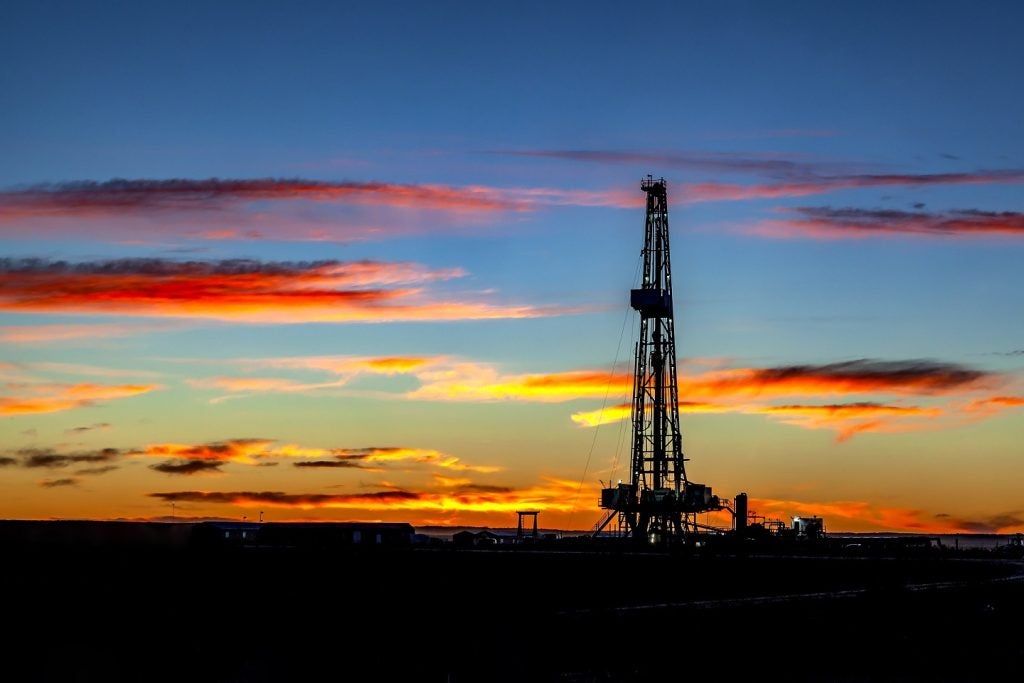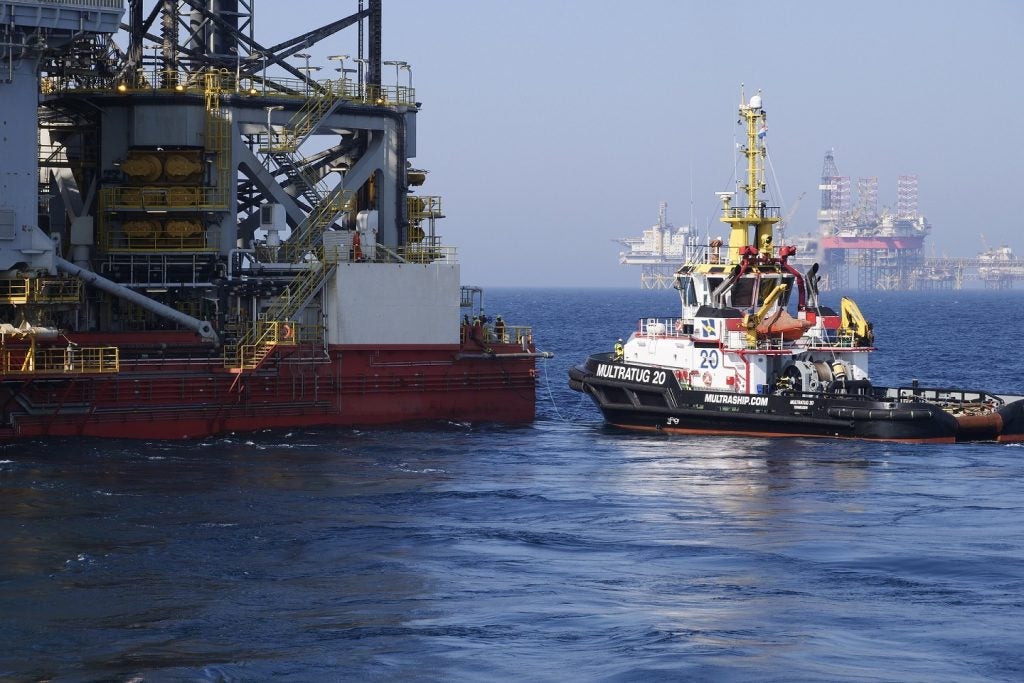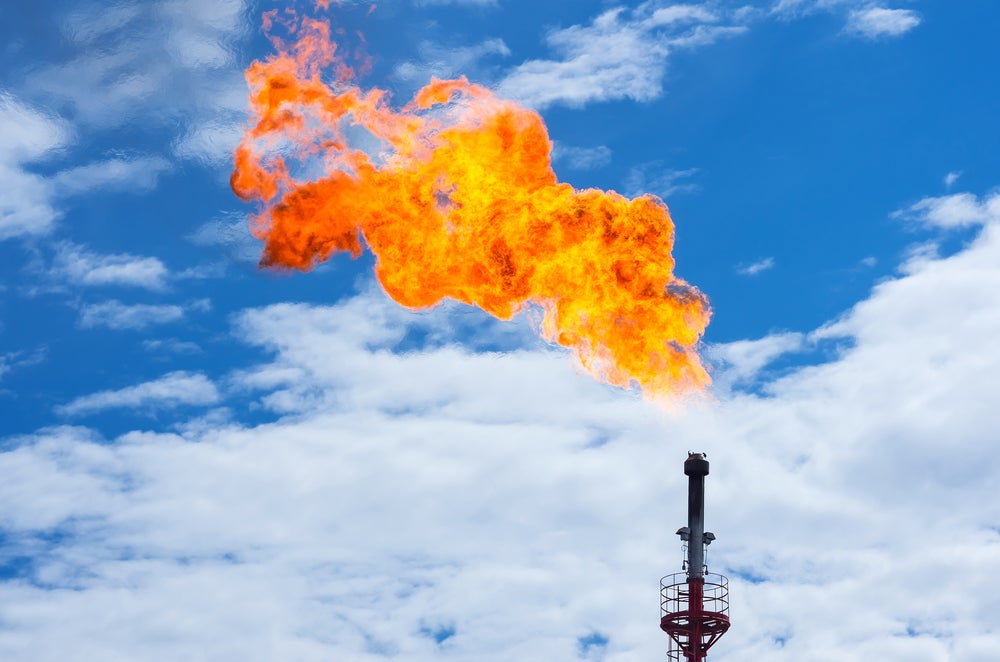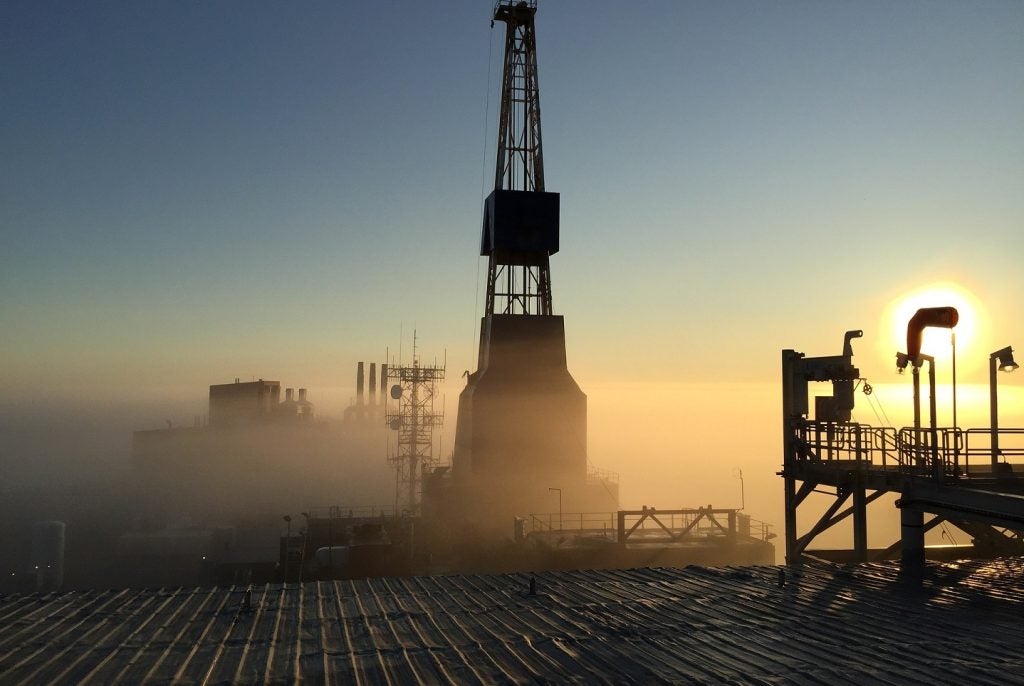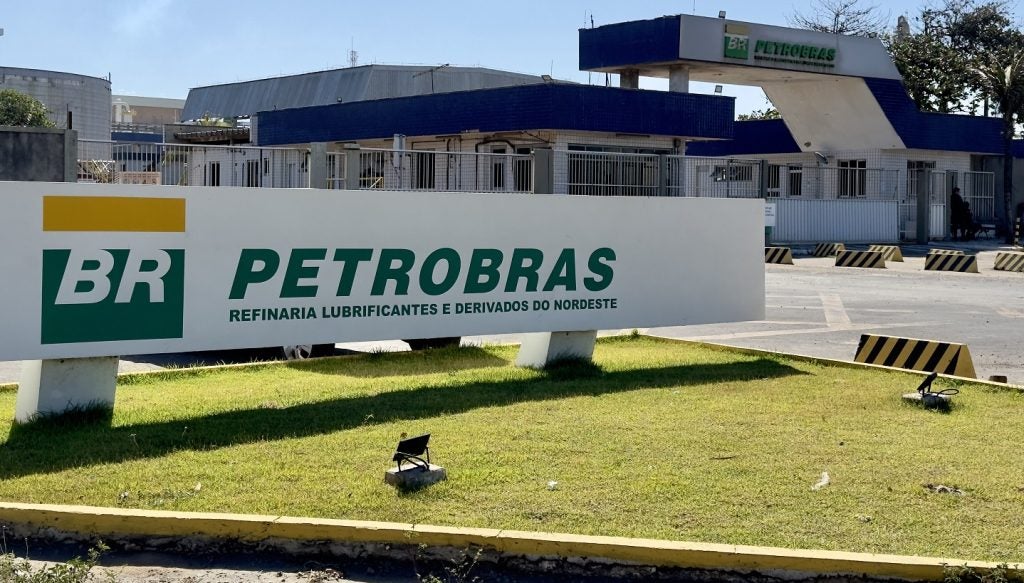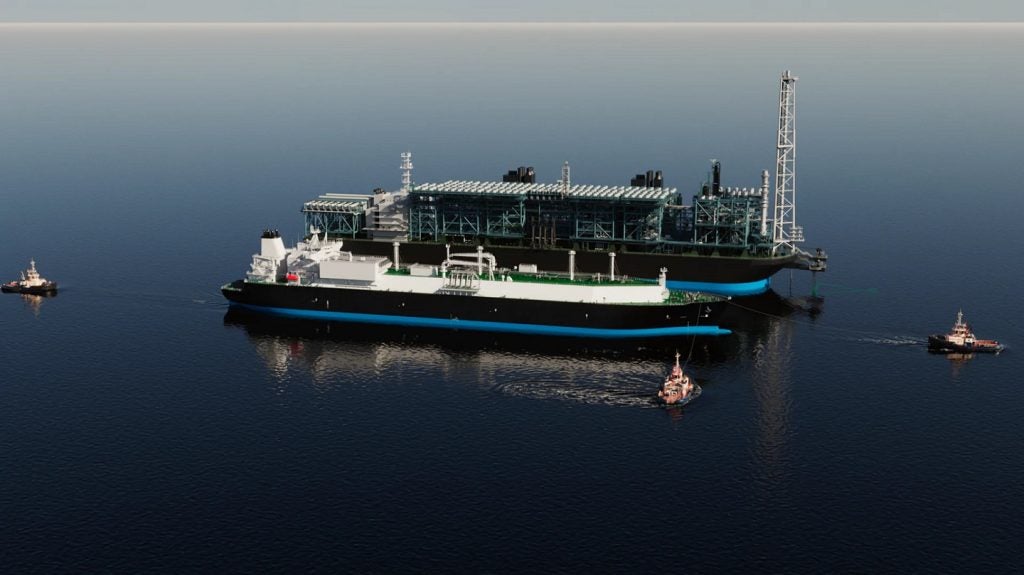McDermott has received a limited notice to proceed with the development of Shell’s Manatee gas field development project offshore Trinidad and Tobago.
The notice from Shell Trinidad and Tobago allows McDermott to commence engineering, procurement, construction and installation (EPCI) work for the Manatee project.
The Manatee project scope includes design, procurement, fabrication, transportation, installation and commissioning of a wellhead platform, and offshore and onshore gas pipelines.
This is subject to Shell making a final investment decision (FID) on the Manatee gas project.
McDermott subsea and floating facilities senior vice-president Mahesh Swaminathan said: "This award follows our successful delivery of the front-end engineering design for the Manatee gas field.
"It is testament to McDermott's integrated EPCI capabilities built over the last 100 years around the world including many successful projects in Trinidad and Tobago. We will again deliver for Shell, building on a partnership marked by trust, collaboration and shared success, to execute this important project."
Trinidad and Tobago Energy Minister Stuart Young was cited by Reuters as saying that Shell would approve the project in near future.
Young said: "I expect in a very short time frame I will hear about a FID from Shell on Manatee.”
A Shell spokesperson was cited by the news agency as saying that it plans to make FID on the Manatee conventional gas field development project in 2024.
Due to be commissioned as soon as 2028, the Manatee field is expected to produce 700mcf of gas per day.
The field, which is a part of the cross-border Loran-Manatee discovery shared by Trinidad and Venezuela, is estimated to hold around ten trillion cubic feet of natural gas.




